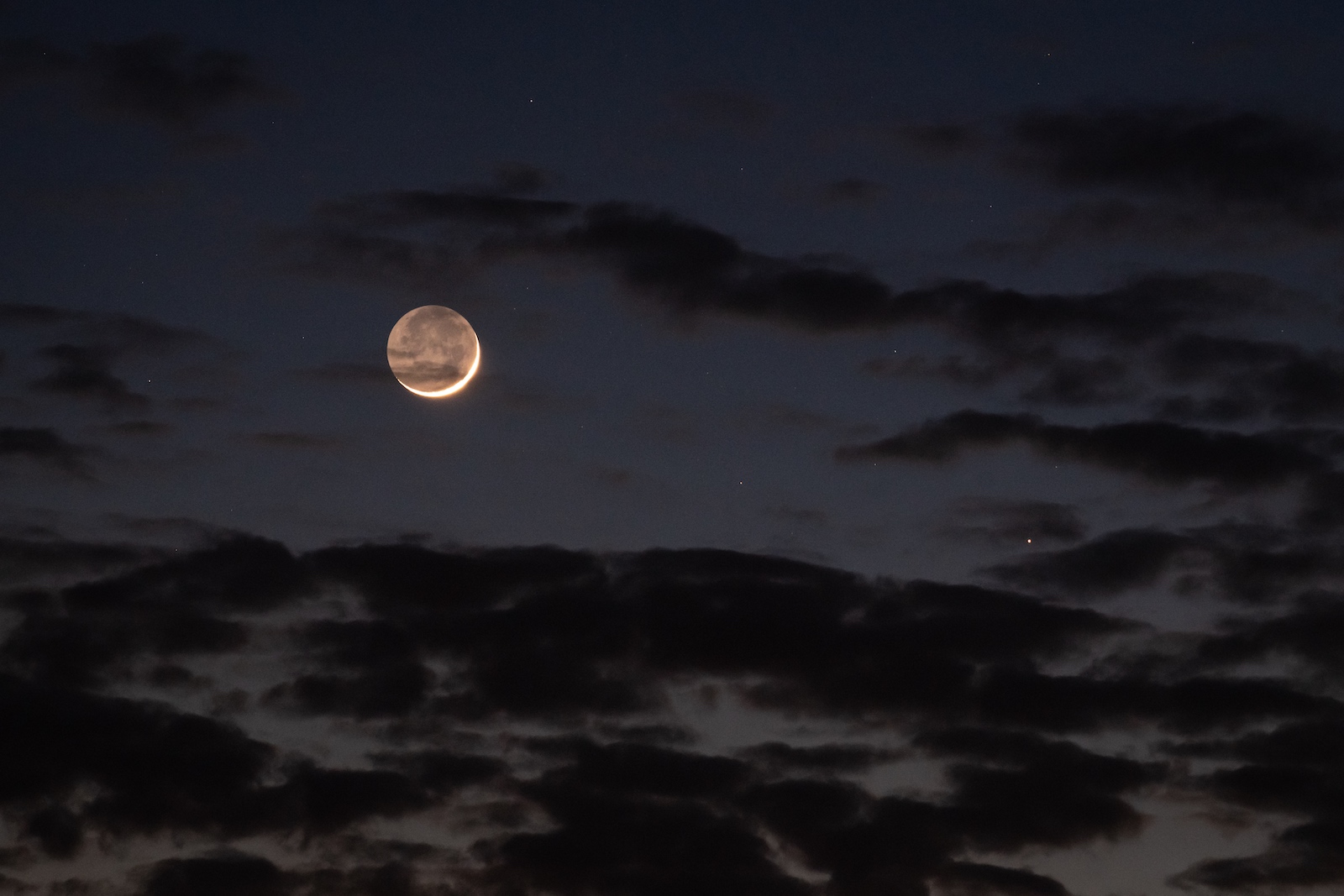
And When Is the Next Black Moon?
ADVERTISEMENT
I remember when my daughter came home from first grade. I asked her what she learned at school today. She told me she learned about the phases of the Moon. I asked her "Well, what are the phases of the Moon?" She told me new moon, quarter moon, half moon, 3/4 moon, Gibbous Moon and full moon.
I asked her, "What's a gibbous moon?" She replied it's between 3/4 and full. I asked her, "Why do they call it a gibbous moon? Is it gibbous a couple more days and it will be full?"
The next day she came home with a note from her teacher requesting a parent teacher conference.
Hi, Paul, My first thought reading your comment was to recollect my own experiences (as parent and also teacher) with today's education system "dumbing things down." But then it registered: first grade? I *then* thought, wow, maybe the teacher's right; that's a bit young to get so technical. But then I thought, wait: why is a first grade teacher teaching about a Gibbous moon to begin with? - or, really, the concept of "phases of the moon" at all? Were I the principal, I'd send a note to both the teacher and you requesting a friendly conference to first express my appreciation for your attention to children's science education and then to introduce the idea of "developmentally appropriate curriculum." I'm aware there are differences of opinion here. As for my own, with children of that young age I'd have more of an objective to inspire students to appreciate the beauty and wonder of the moon, first and foremost (for parents) via some "moon gazing" over the course of a season, having children experience firsthand those "six phases." Ha, ha, what they'd actually observe would be only continuous, gradual changes--- in an endless cycle! On a moonlit night children might be encouraged to go back inside and put pencil to paper and sketch a landscape. Personally, besides the old poem that even very young children could learn: "I see the moon, and the moon sees me. God bless the moon, and God bless me," I'd read aloud and maybe have them memorize Robert Louis Stevenson's poem The Moon, in "A Child's Garden of Verses." There are also moon proverbs and myths to share: the Old Farmer's Almanac is a great source for that (too!). Parents needn't be concerned. There's plenty of time for the rest, a more intellectual understanding of the moon. Hopefully by then children would have established something of a personal connection and have reason to care. :)
" The New Moon has always denoted 'new beginnings'
all round our dear earth or terra , through the
centuries .
The New Moon or the 'Mysterious Celestial Orb'
signifies a favourable time to start new beginnings
in any part of life .
The moon reflects the 'soul' of whatever living
entity on terra or whatever planetary system .
Being born under any phase of the moon helps
define that entity for its astounding life cycle .
- Niels E. Windthorst - 2 July , 2019 "
Hi I was up putting my cat out on July 21. When I looked up in the morning sky. Usually take sunrise pictures or sunsets so I had my camera with me. Anyways what I saw I thought was an eclipse, but turns out to be an black moon. I took pictures of it until it was almost totally the full moon covered. The a cloud went infront of it blocking out my picture taking. This was at 4:41 am Central standard time. I also was getting swarmed by mosquitos. I took some more pictures of this from my upstairs bedroom window after the cloud went away. I live in Vermilion Bay, Ontario. Canada.
I've taken pictures of the solar eclipse before too.
The article states that " the “new Moon” has its dark side facing us." The dark side never faces us, that's why it's called the dark side.
The article does continue the explanation correctly, thank heavens.
The article is correct in referring to the Moon's dark side facing the Earth during a new Moon. You are thinking that the article refers to the *far* side of the Moon, which it does not. I am sure Rob Bergman is very careful in his terminology with "far side" vs "dark side".
When the Sun illuminates the moon, there are two sides: the dark side and the sunlit side. During the full Moon, the sunlit side faces the Earth; during the new Moon, the dark side faces the Earth.
My grandfather always call the New Moon "The Black Moon". Also, I would like to add my grandfathers other moon comment. When the moon looked like it was holding water, was not a good time to go fishing. When the moon looked like it was dumping water, was the best to go fishing. Last but not least, three days before and after a New Moon, or Full Moon were also good times to go fishing. Thanks for your time. Lee........
I like the idea of calling the new moon of every month a Black Moon. I hadn't heard anyone calling this occasion a Black Moon, but it sounds like a wonderful marketing opportunity - tee shirts, jewelry, beer....












